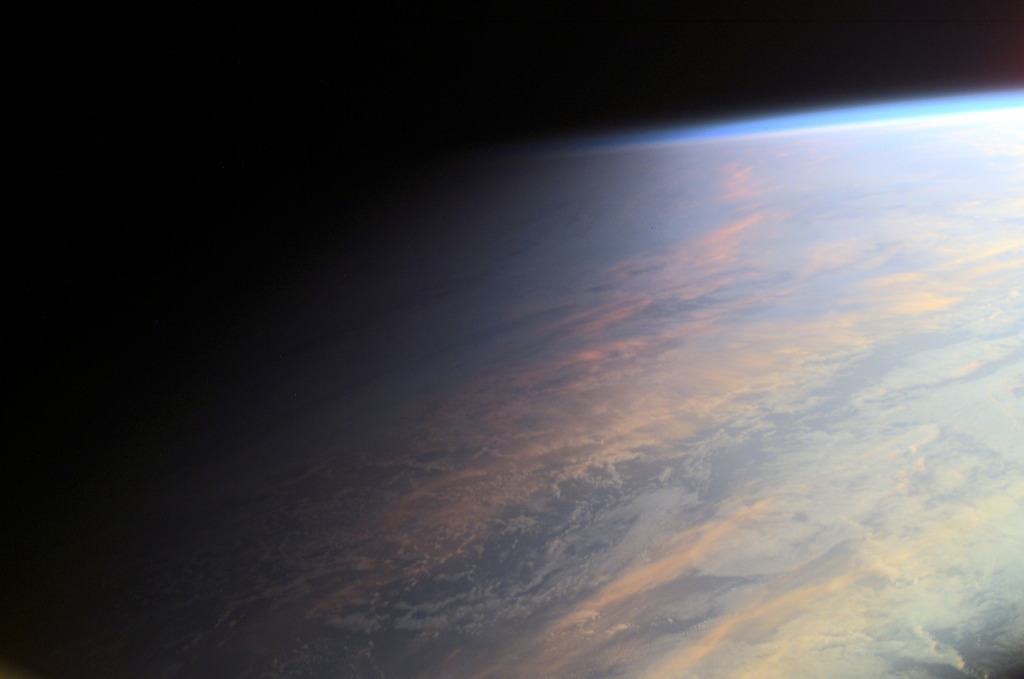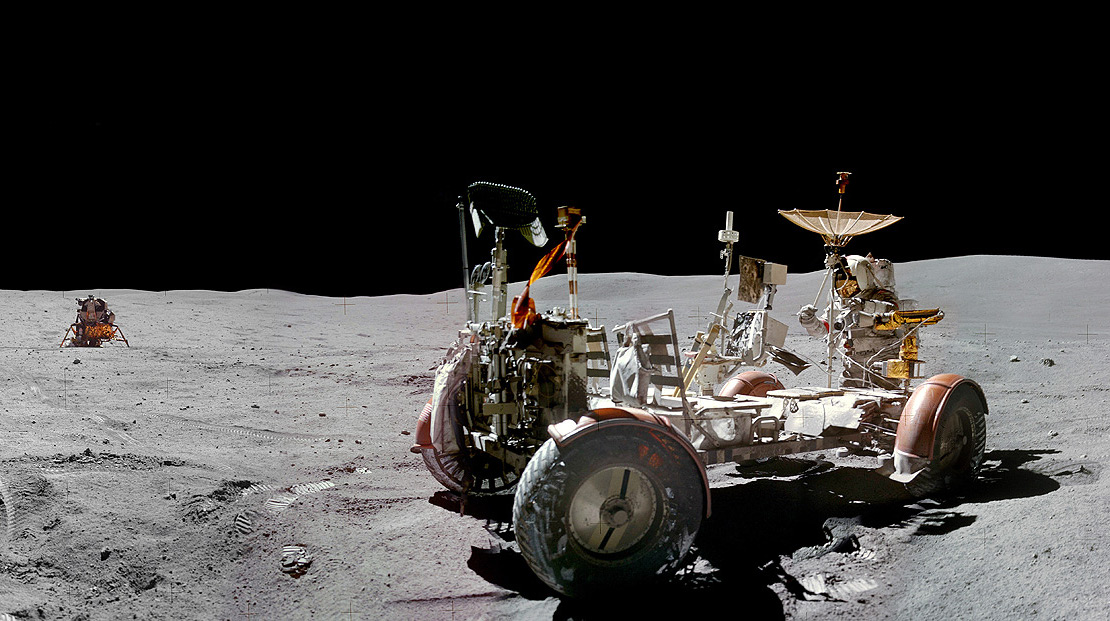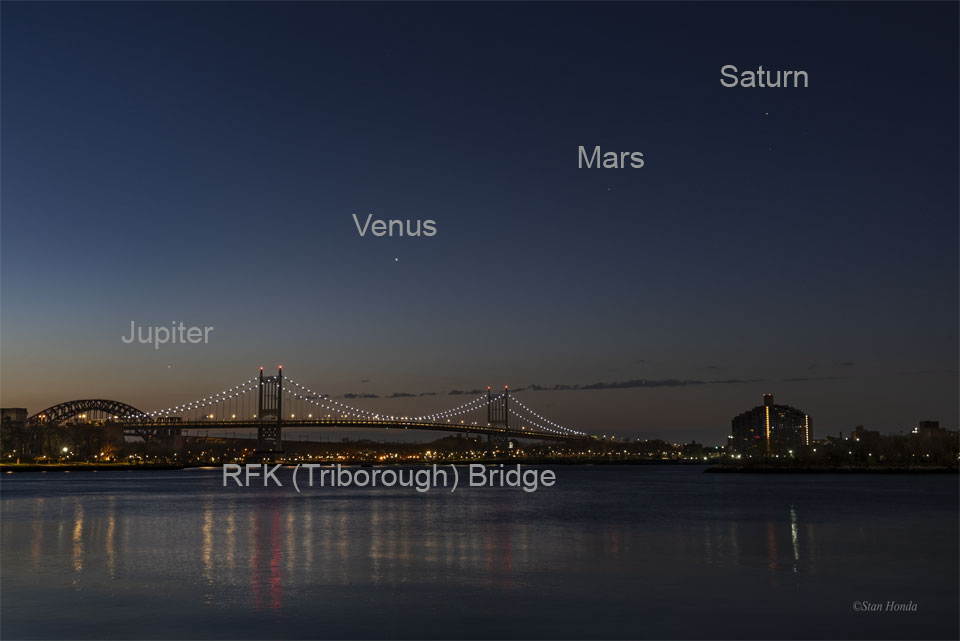
An orbital sunrise beams across Earth’s horizon revealing silhouetted clouds above the South China Sea. via NASA https://ift.tt/FN5Ix6m



NASA will provide live coverage of the undocking and departure of the Axiom Mission 1 (Ax-1) prior to its return to Earth from the International Space Station.
from NASA https://ift.tt/w6R5mn2
via IFTTT

NASA selected six American satellite communications (SATCOM) providers on April 20 to begin developing and demonstrating near-Earth space communication services that may support future agency missions.
from NASA https://ift.tt/XJ0MIer
via IFTTT


NASA Administrator Bill Nelson released this statement Tuesday following Vice President Kamala Harris’ announcement the U.S. will not conduct destructive anti-satellite missile testing (ASAT):
from NASA https://ift.tt/X9awLV5
via IFTTT
